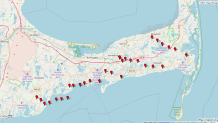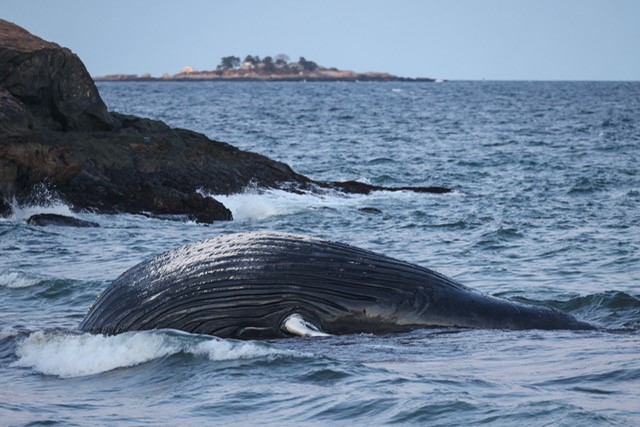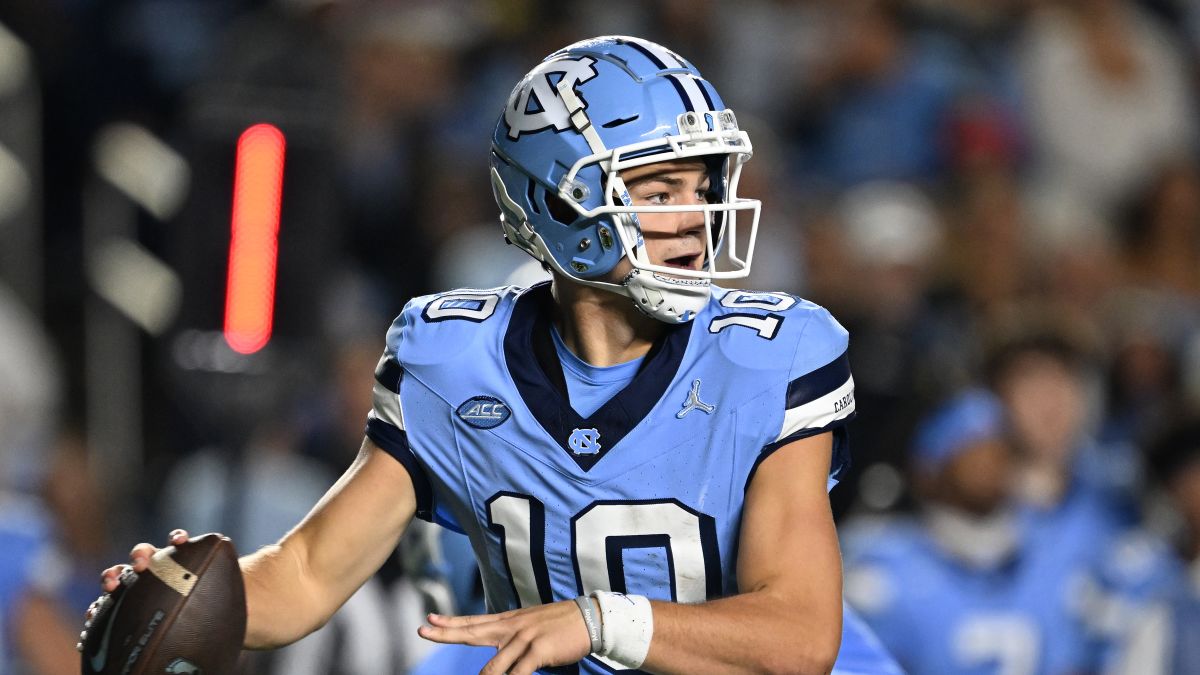A specific set of ingredients is needed to spawn a tornado on Cape Cod, and those all came together on Tuesday at a location known as the "triple point."
This triple point is the spot where three types of weather fronts meet, creating a clash of air masses that can create twisters.
The first ingredient needed for this triple point is an area of low pressure. In this case, the area of low pressure moved towards Cape Cod after passing south of Long Island early Tuesday morning.
A warm front needs to extend to the east of the area of low pressure, allowing tropical moisture to surge up from the south.
A cold front then needs to extend to the south of the area of low pressure, providing less humid and drier air to the west.
These Images Show the Power of Tuesday's Cape Cod Tornado
Here’s where things get a little more complicated.
Local
In-depth news coverage of the Greater Boston Area.
Cold fronts generally move faster than warm fronts, so eventually the two fronts meet. When that happens, you see a new front appear on the map. It’s purple, and is known as an occluded front. It’s that spot that creates the triple point.
At this spot, the moist and muggy air is lifted very quickly by the more dense dry and cooler air moving in from the west.
Just because you have rising air doesn’t mean you’ll get a tornado to form, however. You need something to spin that lifting air. In this case, we had that in the form of wind shear.
Wind shear is a change in wind speed or direction as you climb in the atmosphere.
On Tuesday, we had very strong winds high in the atmosphere, so that contrast to lighter winds at the surface was enough to generate lots of spin.
So, when you have a triple point low crossing through a muggy, moisture rich area that also has plenty of wind shear, quick tornadoes can spin up.
That’s what we had on Tuesday. An analysis done by our First Alert weather team shows exactly where this particular storm was rotating as it passed by Cape Cod, eventually reaching the ground in Yarmouth and Harwich.

It’s worth noting that this type of tornado is not all that uncommon in New England.
We’ve had several of these tornadoes recently, including the Revere tornado in 2014, and several small EF0 or EF1 tornadoes last year in parts of Central Massachusetts, and even in Woods Hole on the Cape.
Tornadoes are rated on a scale from EF0 to EF5, 5 being the strongest.



